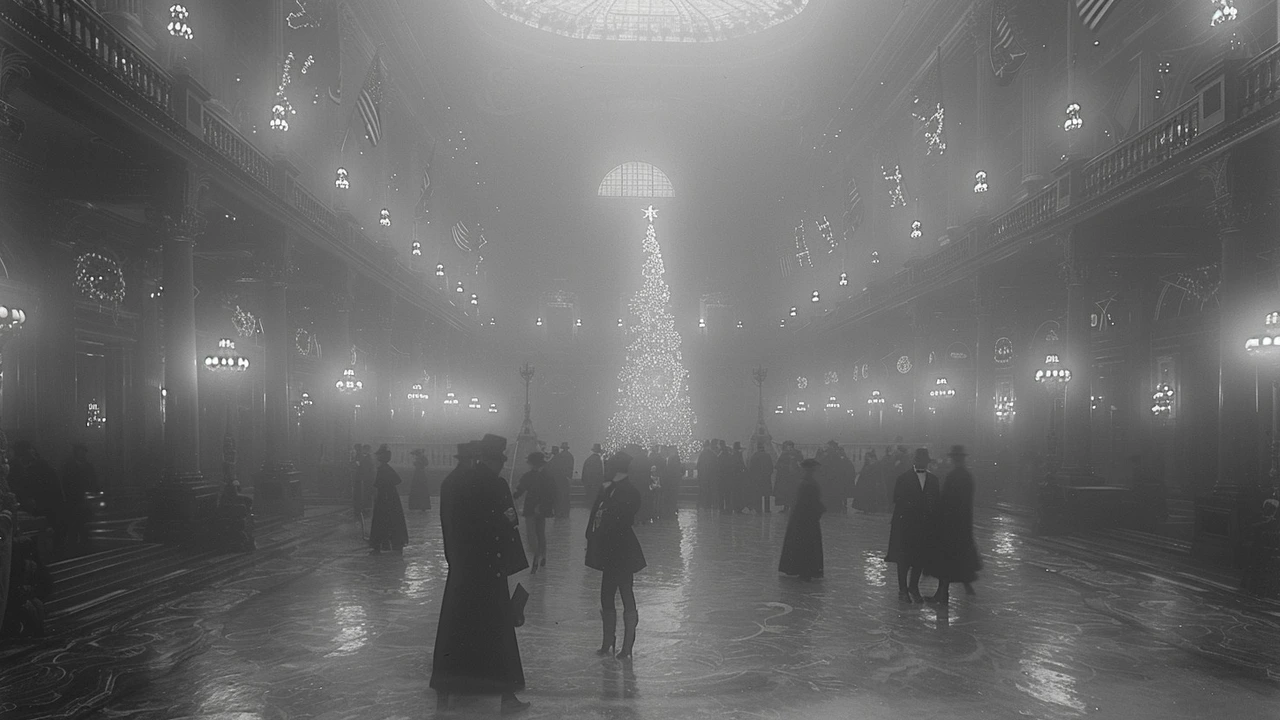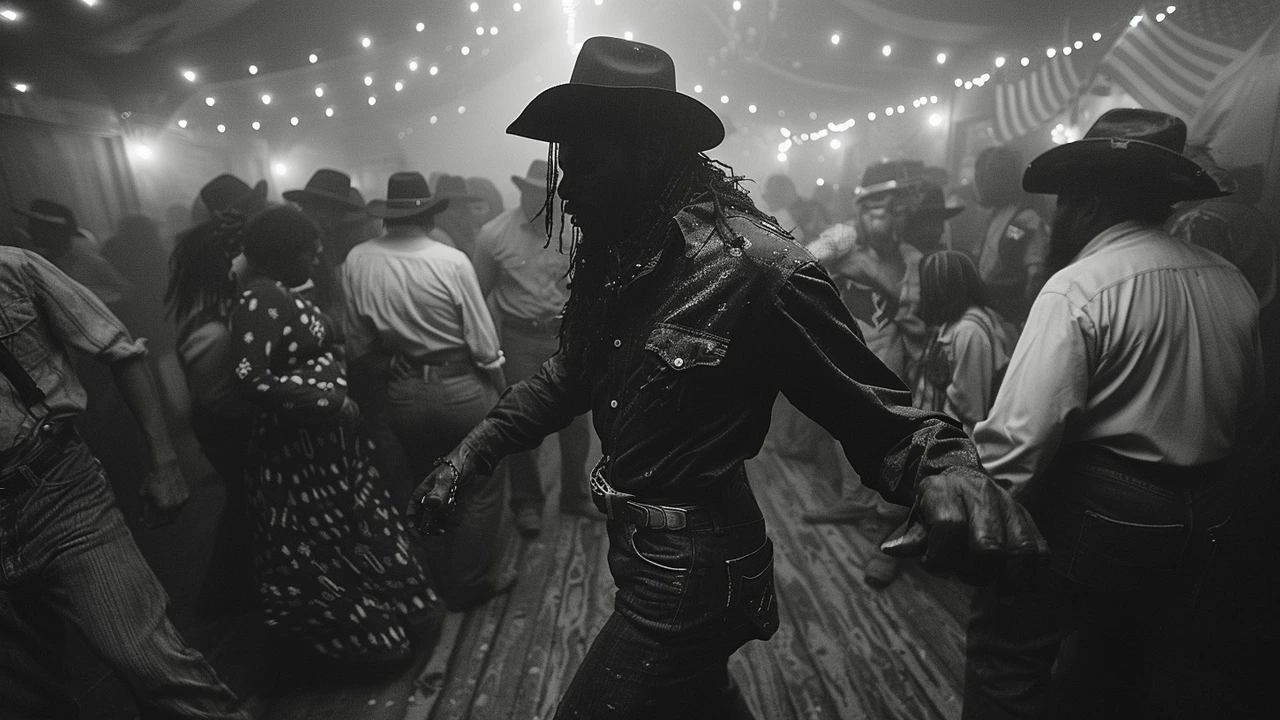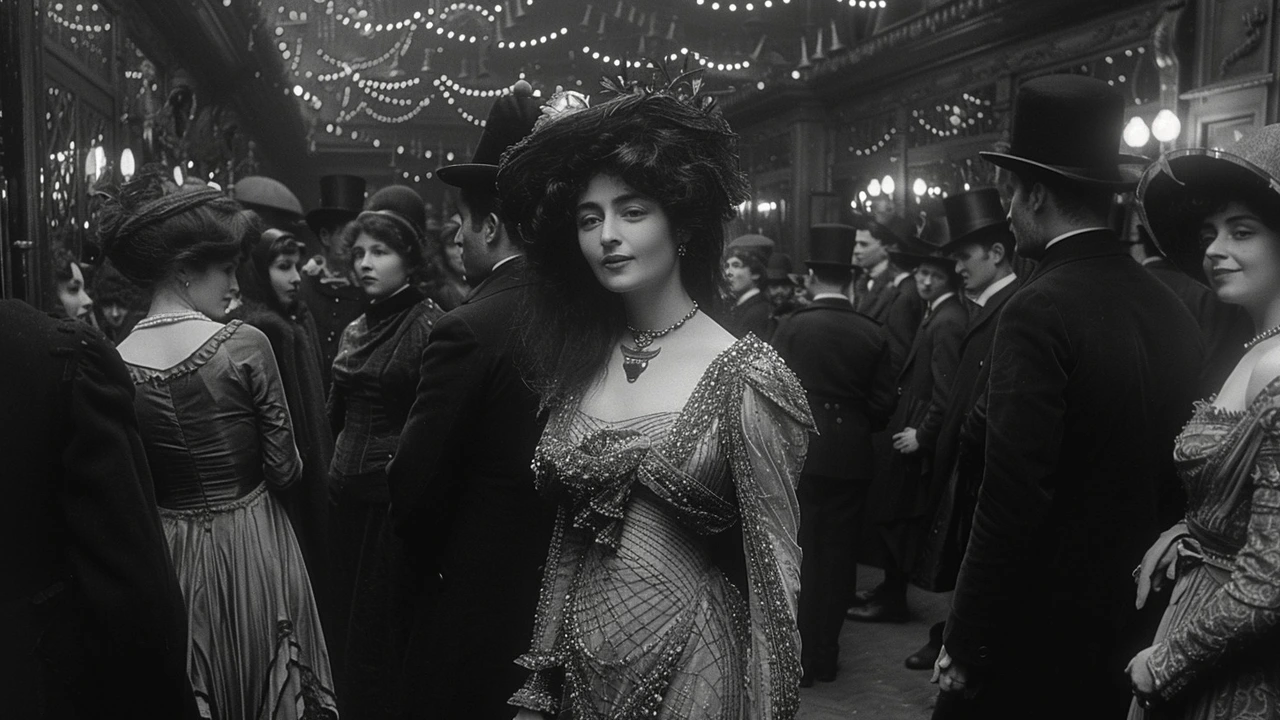The Forgotten History of Memorial Day: Honoring America's Fallen Heroes
 May, 28 2024
May, 28 2024
The Origins of Memorial Day
The roots of Memorial Day trace back to the aftermath of the American Civil War, a period marked by profound grief and a deep need for national healing. In the years immediately following the war, communities across the former Confederate states began to honor their fallen soldiers. However, these early observances of what was then called 'Decoration Day' were not limited to Confederate graves alone. A remarkable gesture of reconciliation occurred when Southern women, in acts of profound humanity, decorated the graves of Union soldiers as well. This unanticipated and magnanimous move did not go unrecognized; it was widely reported in Northern newspapers, which lauded the grace and generosity displayed by the Southern participants.
General John A. Logan and the National Spread
Meanwhile, a key figure in the broader adoption of Memorial Day was General John A. Logan, a former Union general and an influential leader of the Grand Army of the Republic (GAR), a fraternal organization of Union veterans. Logan was particularly moved by these acts of kindness and reconciliation. He observed that the ability to honor the dead should transcend past animosities. Recognizing the importance of these Southern traditions, he envisioned a national day of remembrance. Thus, in 1868, he issued General Order No. 11, designating May 30 as a day to decorate the graves of all soldiers who died in defense of their country.
A Symbol of National Unity
General Logan's order explicitly acknowledged the Southern origins of the practice. In the document, he declared that it was not too late for Union men to follow the example set by their former adversaries. This willingness to adopt a Southern tradition for nationwide commemoration symbolized a significant step towards healing a divided nation. President Abraham Lincoln, known for his commitment to reconciliation, had once envisioned a future with 'malice toward none' and 'charity for all'. The establishment of Memorial Day in the North thus echoed Lincoln's vision of unity and mutual respect.

The Role of Poetry and Literature
The spirit of reconciliation that underpinned the early Memorial Day observances was also immortalized in American literature. Inspired by the acts of Southern women, poet Francis Miles Finch wrote 'The Blue and the Gray'. The poem poignantly described the equal treatment of Union and Confederate graves, encapsulating the notion of collective grief and the shared humanity of both sides. Finch's words, 'For all they loved and for all they fought,' echoed the desires of many Americans for a unified future. The poem quickly became part of the national literary canon and was included in General Logan's General Order, further embedding the sentiments of reconciliation in the fabric of Memorial Day.
The Evolution of Memorial Day
Over the decades, Memorial Day evolved from its Civil War origins to become a broader tribute to all American military personnel who have perished in service to their country. The holiday's scope expanded beyond the initial focus on Civil War dead to include soldiers from subsequent conflicts. Parades, ceremonies, and the laying of wreaths at cemeteries and monuments became standard practices. The holiday also became an opportunity for Americans to reflect on the sacrifices made by their fellow citizens and to express gratitude for their freedoms.
Modern Memorial Day
Today, Memorial Day is observed as a federal holiday, marked by various traditions that have grown around it over the years. From parades and family gatherings to patriotic ceremonies, the day serves as a reminder of the heavy cost of war. Many communities hold events such as flag placements on graves, moments of silence, and the playing of 'Taps' to honor the fallen. National cemeteries like Arlington become focal points of solemn observance, where thousands gather to pay their respects.

Reflection and Reconciliation
As we reflect on the history and significance of Memorial Day, it's essential to recognize its roots in acts of reconciliation and the message of unity they conveyed. The early observances, inspired by the compassion of Southern women and the vision of leaders like General Logan, serve as enduring reminders of the power of empathy and the importance of healing old wounds. By remembering and honoring all who have fallen, regardless of their allegiance, Memorial Day remains a testament to the enduring spirit of reconciliation and the shared values that help bind a nation together.
A Day of Remembrance
Memorial Day is more than just a long weekend marking the unofficial start of summer. It is a solemn occasion imbued with historical significance and profound meaning. The origins of this day reflect the complexities of a nation striving to heal from one of its most trying periods. As modern-day observances continue, it's vital to acknowledge the deep roots of Memorial Day and to honor its foundational message of unity, reconciliation, and respect for all who have made the ultimate sacrifice in service to their country.
Conclusion
In conclusion, the historical evolution of Memorial Day is a journey from moments of reconciliation to becoming a nationwide day of remembrance. The legacy of General John A. Logan's vision, coupled with the compassionate acts of those who first commemorated it, provides a window into a time when the nation sought to heal from its deepest wounds. As we observe Memorial Day each year, let us remember its origins and continue to honor the brave men and women who have given their lives for the ideals upon which the United States was built. Their sacrifices bind us together, reminding us of our shared history and the enduring importance of unity.

Brittany Jones
May 29, 2024 AT 15:31SUBHANKAR DAS
May 30, 2024 AT 17:35Secret Lands Farm
June 1, 2024 AT 13:05Tamir Duberstein
June 2, 2024 AT 10:21John Bothman
June 3, 2024 AT 21:03Dinesh Gupta
June 4, 2024 AT 12:19Shalini Ambastha
June 5, 2024 AT 23:54Amanda Kelly
June 7, 2024 AT 14:59Jessica Herborn
June 9, 2024 AT 14:13Lakshmi Narasimham
June 10, 2024 AT 21:07Madhuri Singh
June 12, 2024 AT 05:33Amanda Dempsey
June 13, 2024 AT 20:29Ruth Ellis
June 14, 2024 AT 07:46Peter Novák
June 15, 2024 AT 23:06Siphosethu Phike Phike
June 16, 2024 AT 09:03Mitchell Ocran
June 18, 2024 AT 01:14Todd Gehrke
June 19, 2024 AT 17:21